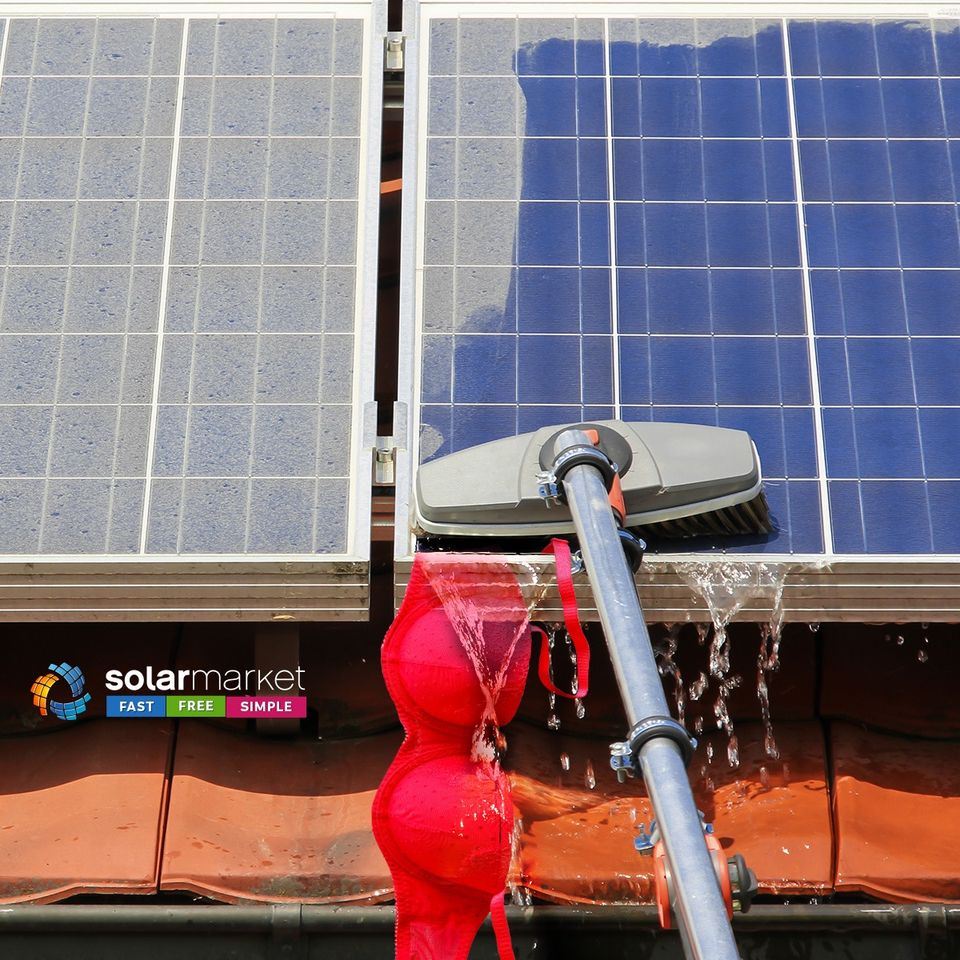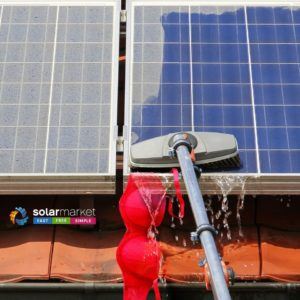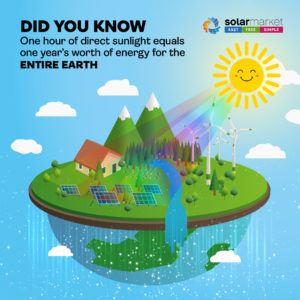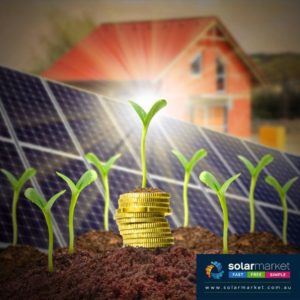Solar power has the ability to power our homes, help plants produce oxygen and heat molten salt. Keen to find out more interesting facts about solar power? Here’s 6 facts you might not have known.
1. Solar Panel’s Have Been Around For 200 Years.
Harnessing solar power isn’t a new concept for us. Even in the 7th century B.C, humans were using the sun’s power to make fire by concentrating its energy through glass.
Over the years, harnessing the sun’s solar energy has taken lot’s of different forms but in recent times solar PV panels has become the most popular.
The first to develop a solar cell was American scientist Charles Fritts in 1883. The cell achieved a 1-2 per cent energy conversion rate. As reported by Fitts, the current emitting from the cell was “continuous, constant and of considerable force.â€Â
By today’s standards however this first solar panel design was only a low impact cell. Modern solar panels now have a conversion rate of 15-20 per cent.
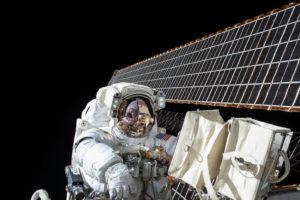 Sourced from Solar Power World
Sourced from Solar Power World 2. NASA Has Used Solar Power Since The 1950’s.
Before solar PV panels were used to power our homes, they were used to power satellites. In 1958 the Vanguard 1 satellite was launched with 6 silicon solar cells on board. The solar was used to send radio signals back to Earth. Vanguard 1 survived 6 years before going radio silent.
NASA now uses solar to help support and run the International Space Station. With 84kW worth of solar panels, the International Space Station relies solely on the energy from the sun. Solar batteries onboard provide power when the station is in Earth’s shadow.
3. You Can Store Solar Power In Salt
Did you know that solar energy can be stored in molten salt?
A prime example of salt storage is the Crescent Dunes Solar Energy Facility in the Nevada Desert. Using concentrated sunlight, the solar facility heats molten salt to 565.5 degrees Celsius. This molten salt can then be stored in giant insulated tanks and tapped to make steam to run a turbine.
Molten salt towers provide the capacity for electricity generation on demand- which has been an issue for traditional solar farming.
4. Solar Is The Most Abundant Source Of Energy On Earth
Solar energy is the most sustainable and readily available source of energy on earth. Over 173,000 terawatts of solar energy strike the earth continuously. Just 1 hours-worth of direct sunlight equals one year’s worth of energy for the entire world.
 5. Solar Energy Is Harvested By Plants
5. Solar Energy Is Harvested By Plants
In a conversion called energy-transduction, or light reactions, plants convert solar energy into chemical energy. This chemical energy can then be used to help the plant grow.
The completion of this process is called photosynthesis as it allows the plant to release oxygen.
You can think of the plant’s leaves as their own inbuilt solar panels. But instead of turning the solar energy into electricity like we do, the plant converts the solar energy into energy transporting molecules that network the plants’ system.
6. Australia Has The Highest Solar Radiation Than Anywhere In The World
According to the Australian Energy Resource Assessment, “the Australian continent has the highest solar radiation per square meter of any continent in the world.”
With our clear sunny skies and red deserts, it isn’t a surprise that Australia receives some of the harshest sunlight across the globe but what does this mean for solar?
Increased solar irradiation means your solar panels have a better chance at generating and converting optimum levels of solar energy to be used in your home.
With long sunshine hours and high solar irradiation, Australia is the perfect place on earth to install solar panels.
Interested in how you can make the most of our sunshine?
Solar Market offers complimentary solar quotes from three CEC accredited solar installers in your area so that you can receive the best recommendations and advice on solar installation for your property.
Ready to reduce your energy bills and transition to solar? Let’s get you connected to installers- just follow the button below.
